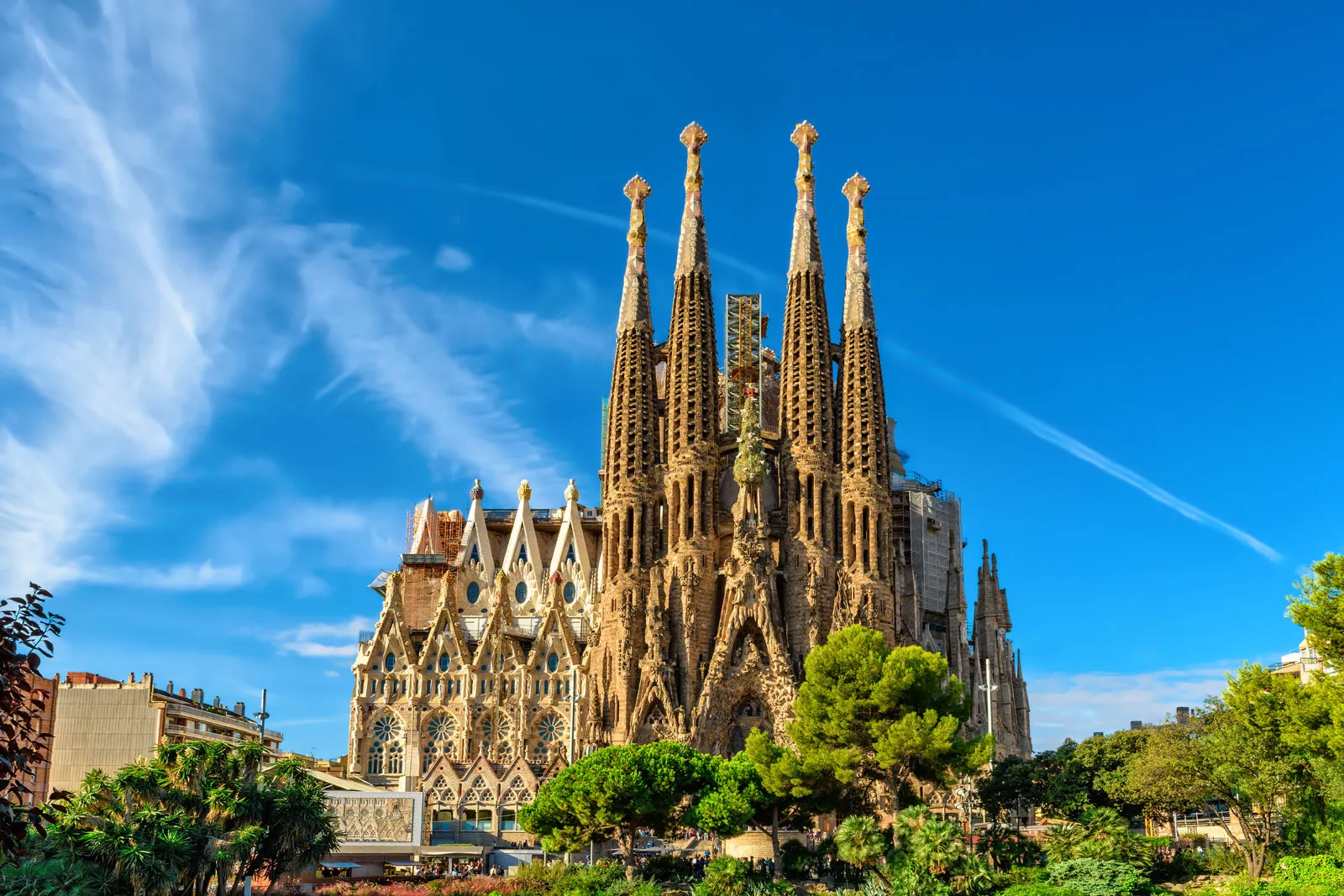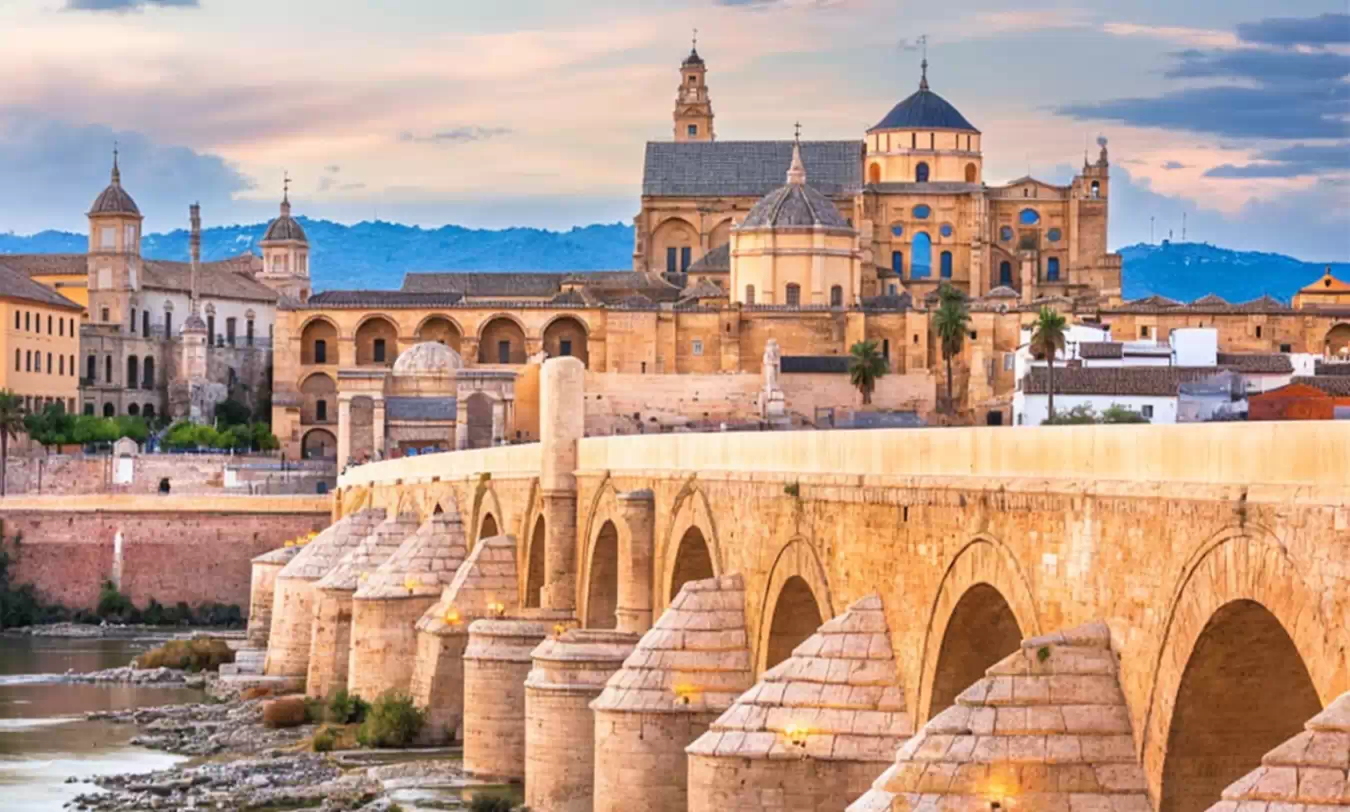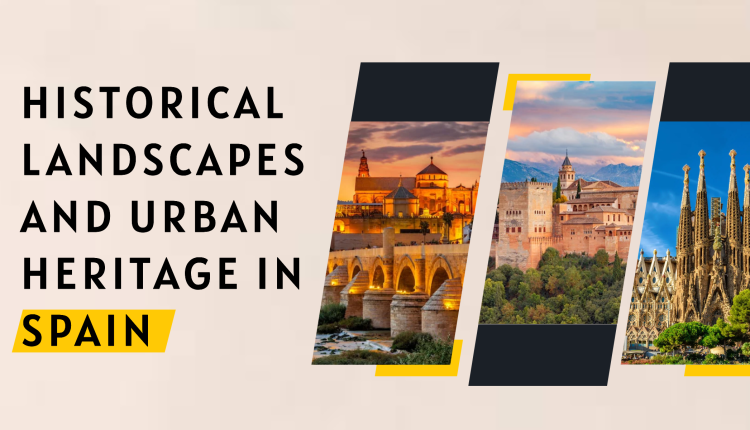Spain is known for its vibrant culture, traditions, and architectural marvels. Moreover, its historical landscapes and urban heritage in Spain are like a living museum. From ancient Roman ruins to medieval fortresses and Renaissance cathedrals, Spain showcases a complex and layered history. Consequently, researchers find Spain fascinating for exploring how civilizations shaped and were shaped by their environments.
Why Study Historical Landscapes and Urban Heritage in Spain?
Spain’s location made it a cultural melting pot. It saw the rise and fall of empires, creating a diverse architectural legacy. As a result, these historical landscapes and urban heritage in Spain influence modern urban planning, cultural identity, and tourism. Therefore, researchers can study historical land use, urbanization patterns, and cultural integration within the context of historical landscapes and urban heritage in Spain.
The Roman Influence: Foundations of Urban Planning
The Romans left a lasting impact on Spain’s urban heritage. For example, cities like Tarragona, Mérida, and Segovia still showcase well-preserved Roman structures. The aqueduct of Segovia and theater of Mérida demonstrate advanced engineering and urban planning. Consequently, researchers can explore their influence on modern city layouts and public spaces.
Islamic Architecture: A Blend of Art and Spirituality
During the Caliphate of Córdoba and the Nasrid Kingdom of Granada, Islamic architecture flourished in Spain. Notably, the Alhambra in Granada and the Mezquita of Córdoba showcase Moorish architecture. They feature intricate geometric patterns, calligraphy, and water elements symbolizing paradise. In addition, these structures reflect a unique cultural fusion. They offer insights into religious symbolism, spatial design, and artistic traditions.
Medieval Fortresses and Christian Reconquest
The Reconquista era led to building massive fortresses and cathedrals, blending Gothic and Romanesque styles. Specifically, cathedrals in Burgos, León, and Toledo symbolize socio-political changes of the time. As a result, researchers can explore military architecture and religious symbolism.
Renaissance and Baroque Influences: A Flourish of Artistic Expression
The Renaissance and Baroque periods brought new artistic and architectural ideas to Spain. For instance, Salamanca and Madrid became cultural and intellectual centers. The Plaza Mayor in Madrid and University of Salamanca were designed to promote social interaction. Consequently, these sites show urban aesthetics, public space usage, and social hierarchies.
Industrial Revolution and Urban Modernization
Spain’s historical landscapes and urban heritage changed during the Industrial Revolution. In particular, cities like Barcelona and Bilbao expanded rapidly as industrial centers. For example, Eixample in Barcelona, designed by Ildefons Cerdà, featured grid patterns, ventilation, and green spaces. Therefore, researchers can study industrialization’s impact on urban growth, society, and architecture within the context of Spain’s historical landscapes and urban heritage.
Modernism and the Genius of Gaudí
Antoni Gaudí revolutionized Spanish architecture with his Catalan Modernism. His works include Sagrada Família, Park Güell, and Casa Batlló in Barcelona. Gaudí’s designs feature organic forms, vibrant colors, and symbolic elements. Consequently, his work reflects a blend of nature, spirituality, and functionality. Scholars can study his influence on modern architecture, symbolism, and sustainable design.

Preservation Challenges and Conservation Efforts
Many historical sites face challenges from urbanization, pollution, and tourism pressure. However, groups like ICOMOS Spain and Hispania Nostra work on conservation. In this context, researchers can analyze preservation policies, community involvement, and sustainable tourism practices. These efforts aim to balance heritage protection and urban development.
Cultural Landscapes and UNESCO World Heritage Sites
Spain has 49 UNESCO World Heritage Sites, ranking third globally. Notably, Sites like Alhambra, Historic Centre of Cordoba, and the Works of Antoni Gaudí are culturally significant. As a result, these landscapes show human-environment interactions, cultural identity, and historical continuity. They provide a comprehensive view of Spain’s cultural evolution.

Research Opportunities and Interdisciplinary Approaches
Research on Spain’s historical landscapes is highly interdisciplinary, connecting history, architecture, archaeology, anthropology, and environmental studies. Moreover, digital tools like GIS mapping, 3D modeling, and virtual reality aid spatial analysis. In addition, collaborative research gives a holistic view of urban evolution and cultural resilience.
Conclusion: Unveiling the Past to Shape the Future
Spain’s historical landscapes and urban heritage are living narratives, influencing cultural identities and urban environments. Furthermore, they offer endless research opportunities. Researchers can explore civilization complexities, cultural integration, and architectural innovation. By preserving these cultural treasures, we honor the past and inspire future generations.
For architects, historians, archaeologists, and urban planners, Spain’s historical landscapes and urban heritage are rich sources of knowledge and inspiration. Exploring them is a journey through time, with every structure telling a story.
Excited to learn more about historical landscapes and urban heritage? Join us at CrossMED 2025 from December 9-11 at the University of Granada, Spain. It’s a great chance to connect with experts and dive into Mediterranean cultural stories. See you there!



